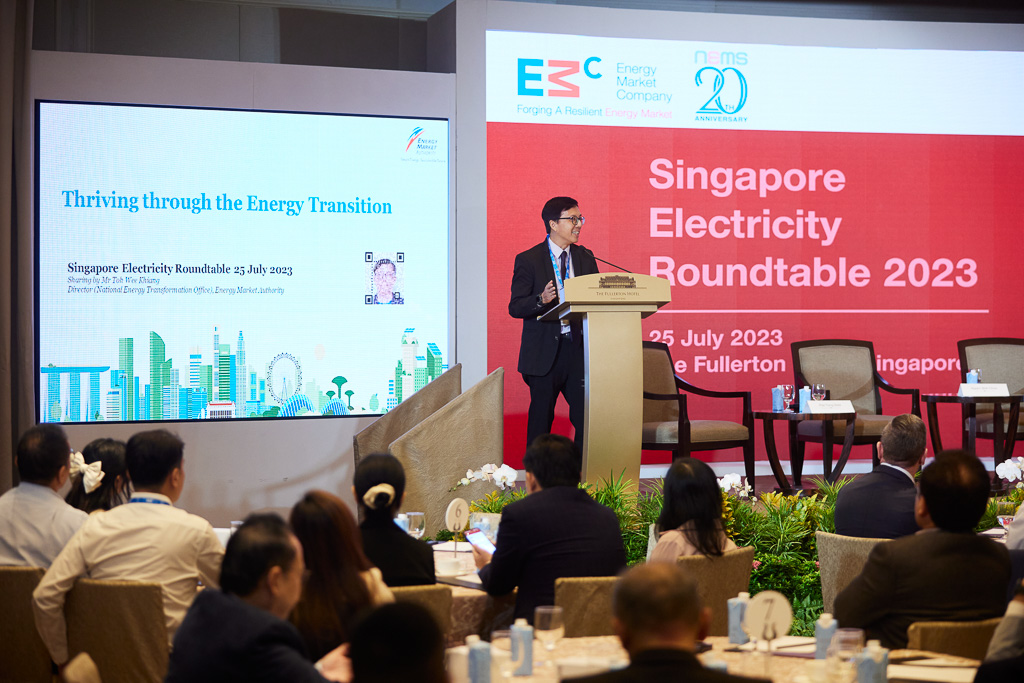
Singapore is one of the most solar-dense cities in the world. Most people barely notice them, but solar panels can be found on rooftops all over the island.
“All you need to do is look up,” said Mr Toh Wee Khiang, director of the Energy Market Authority’s National Energy Transformation Office.
As of late 2022, the city state had an installed solar capacity of 822 megawatt-peak. It is on track to meeting its target of at least 2 gigawatt-peak by 2030. This is a big undertaking, but necessary if Singapore is to maximise its only viable renewable energy resource.
“Increasingly, solar is going to come down to what I call eye level. You’ll see more (panels) in reservoirs, you’ll start to see some of it going offshore, you’ll start to see more of it on temporarily vacant land,” said Mr Toh.
Numerous panels have been installed on Housing Board roofs and other sites under the government’s SolarNova programme, which had its eighth solar leasing tender this year.
“When SolarNova 8 is awarded and completed, say in three years’ time, we will have solarised 9,500 HDB blocks,” noted Mr Toh, who was speaking about Singapore’s energy transition at the Singapore Electricity Roundtable on 25 July.
The biggest challenge with solar is that it is intermittent.
Solar forecasting, demand management and Energy Storage Systems – such as a large 2ha one on Jurong Island – could help mitigate the effect of this.
But even at its technical capacity, solar is likely to make up only about 10 per cent of Singapore’s supply, Mr Toh said.
More diverse supply
This is why ramping up solar power is only one part of the puzzle as Singapore sets out to achieve net-zero carbon emissions by 2050. Currently, 95 per cent of the country’s energy comes from natural gas, a fossil fuel.
Low-carbon electricity imports from sources such as Cambodia and Laos could make up an estimated 30 per cent of the country’s energy supply by 2035.
Hydrogen, another “promising” source, could contribute “up to 50 per cent” of Singapore’s energy mix for power generation by 2050, Mr Toh noted, though much work remains to be done.
“(Using hydrogen) requires years and years of planning…because none of the infrastructure, whether it’s the terminal or the pipelines, exists today. Neither does it exist at the generation units, except of course the CCGTs (combined cycle gas turbines) which are hydrogen-ready,” he added.
Paradigm shift
As Singapore forges its way to a greener and more digitalised future, solutions such as smart grids and “digital twin” simulations will likely play a greater role, leading to more efficient processes and better visibility of demand and supply.
“Now we are moving towards a completely different paradigm. A lot of (generation) is going to be decentralised. More importantly, you can’t control how much wind or solar is coming in…On the other hand, demand is now potentially controllable. You can peer behind the meter,” said Mr Toh.
“So instead of supply following demand, we're moving towards a system where, increasingly, demand can follow supply.”